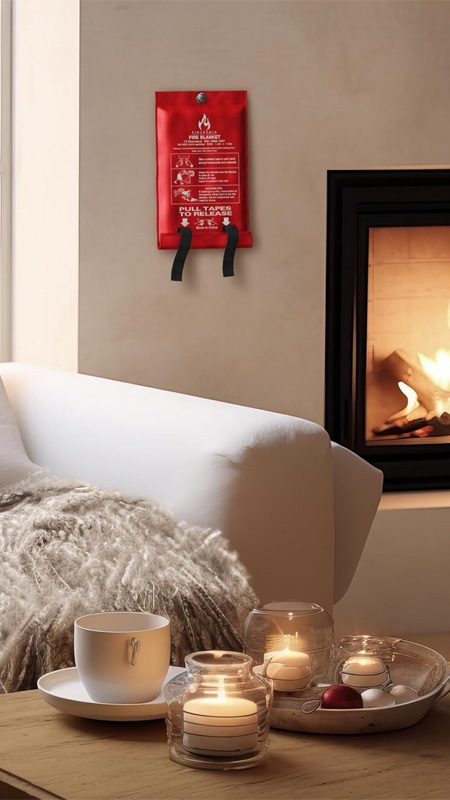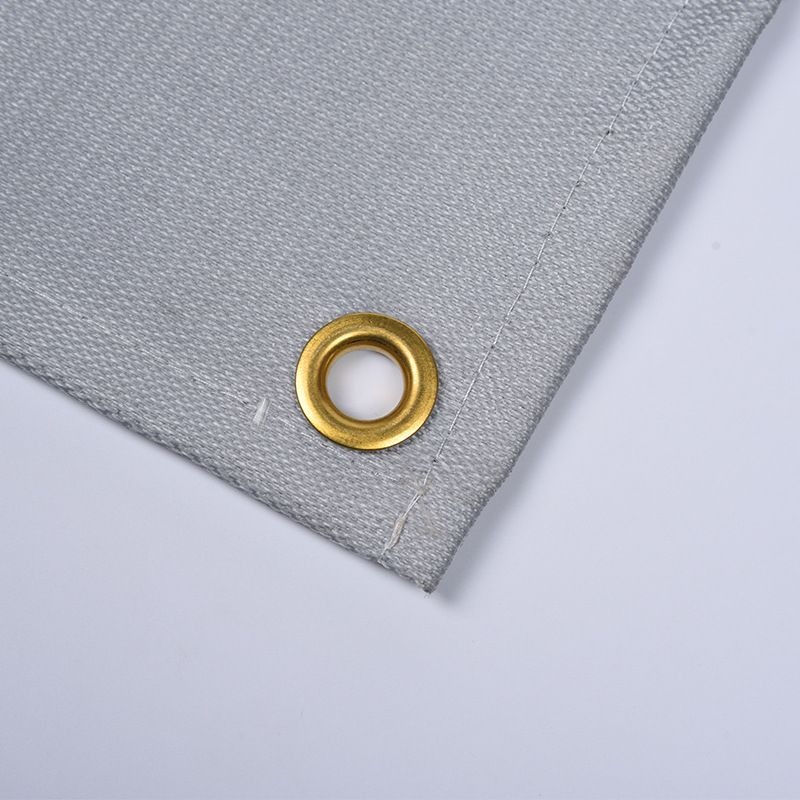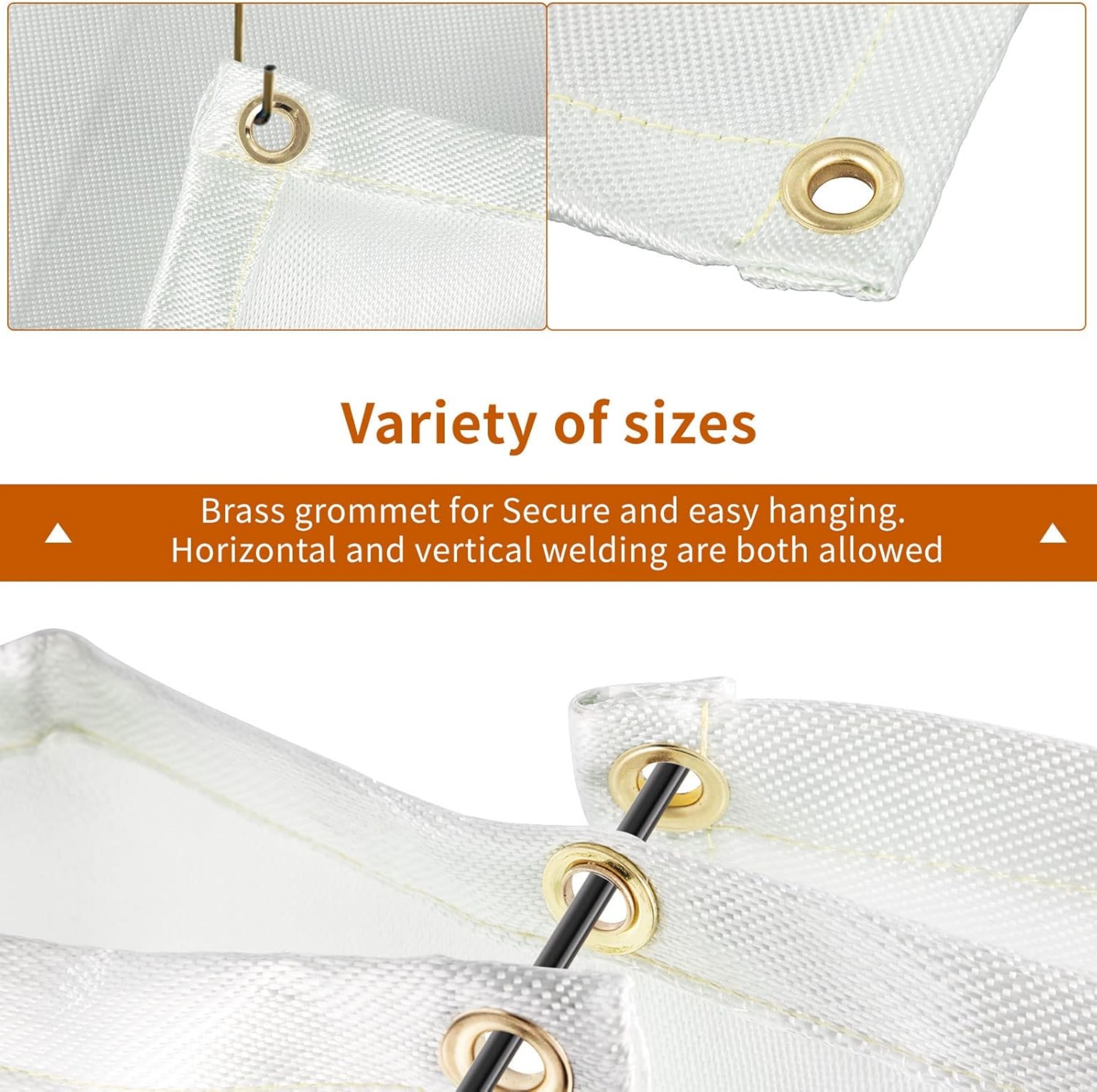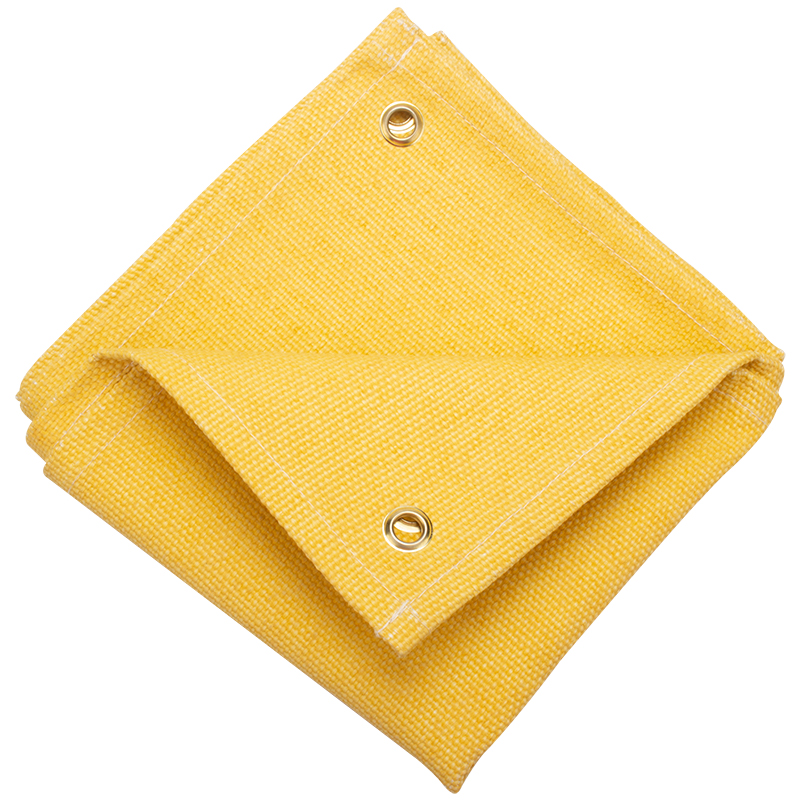Galley Fire Blanket Safety Guide: Protection for Marine & Kitchen Fires
This guide explains how galley fire blankets work, their importance in marine and kitchen safety, proper usage techniques, and maintenance tips. You'll learn to effectively combat small fires with this essential safety tool.
What Is a Galley Fire Blanket?
A galley fire blanket is a specially designed safety device made from fire-resistant materials (typically fiberglass or kevlar) used to smother small fires. Unlike regular blankets, it can withstand temperatures up to 900°F (482°C). The "galley" designation means it's specifically suited for marine kitchens but works equally well in home kitchens.
When to Use Your Galley Fire Blanket
You should use your galley fire blanket for:
- Small grease fires (never use water on these)
- Clothing fires (wrap the blanket around the person)
- Stovetop fires in pots/pans
- Electrical appliance fires (after disconnecting power)
Never use it for large, spreading fires or gas leaks - evacuate immediately in these cases.
How to Properly Use a Galley Fire Blanket
Follow these steps for effective fire suppression:
- Pull the tabs to release the blanket from its container
- Hold the blanket by the corners with your hands protected behind it
- Approach the fire slowly with the blanket held like a shield
- Place the blanket gently over the flames - don't throw it
- Leave the blanket in place for at least 15 minutes
- Call emergency services if the fire isn't completely out
Why Galley Fire Blankets Are Essential
Galley fire blankets offer advantages over traditional extinguishers:
- No chemical residue that damages equipment
- No maintenance required beyond visual inspections
- Simple operation with no training needed
- Effective on multiple fire types (Class A, B, D, F)
- Compact size fits in tight galley spaces

Proper Storage and Maintenance
To ensure your galley fire blanket works when needed:
- Store in an easily accessible location near potential fire sources
- Keep it in its protective container to prevent damage
- Check annually for tears, discoloration, or moisture damage
- Replace every 5-7 years even if unused (materials degrade)
- On boats, mount it securely to prevent movement in rough seas
Choosing the Right Galley Fire Blanket
When selecting a galley fire blanket, consider:
- Size:Standard is 39"×39" (1m×1m) - larger for commercial galleys
- Material:Fiberglass is most common; kevlar offers better durability
- Certifications:Look for UL, CE, or SOLAS (for marine use) markings
- Container:Metal cases last longer than plastic in marine environments
Common Mistakes to Avoid
Even with a galley fire blanket, people often make these errors:
- Waiting too long to use it (blankets work best on small fires)
- Removing the blanket too quickly (lets oxygen reignite flames)
- Storing it behind other items where it's hard to reach
- Using it on deep fryer fires (special Class F extinguishers work better)

Galley Fire Blanket vs. Extinguisher
While both are important, galley fire blankets have distinct advantages in certain situations:
- No risk of inhaling extinguisher chemicals in confined galley spaces
- No pressure gauge to monitor or parts to maintain
- More effective on clothing fires (wrapping vs. spraying)
- No mess to clean up afterward
For comprehensive protection, marine safety experts recommend having both a galley fire blanket and appropriate extinguishers onboard.
Final Safety Reminders
Remember these key points about your galley fire blanket:
- Practice removing it from the container so you can do it quickly
- Teach all crew members or family members how to use it
- Never reuse a blanket after deployment - replace immediately
- Have an evacuation plan in case the fire grows beyond control






